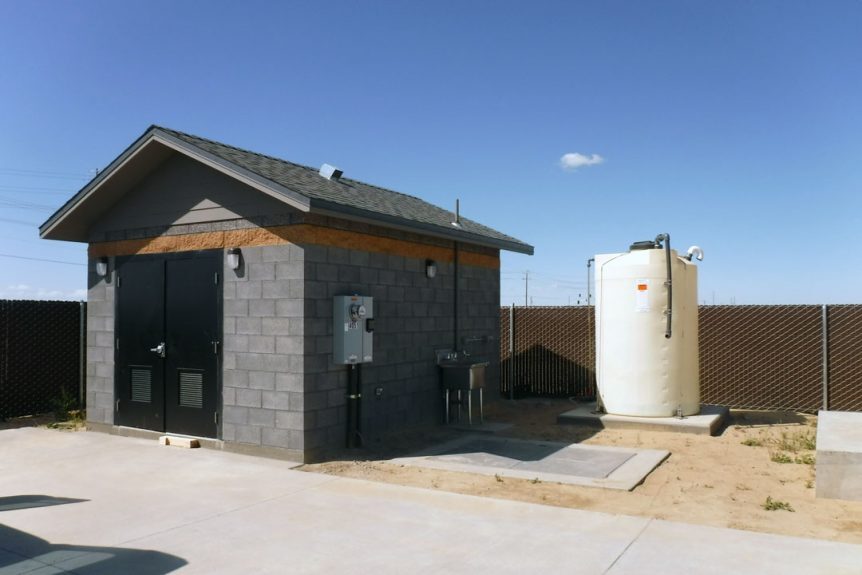Hot Climates Require Specific Odor Control Systems
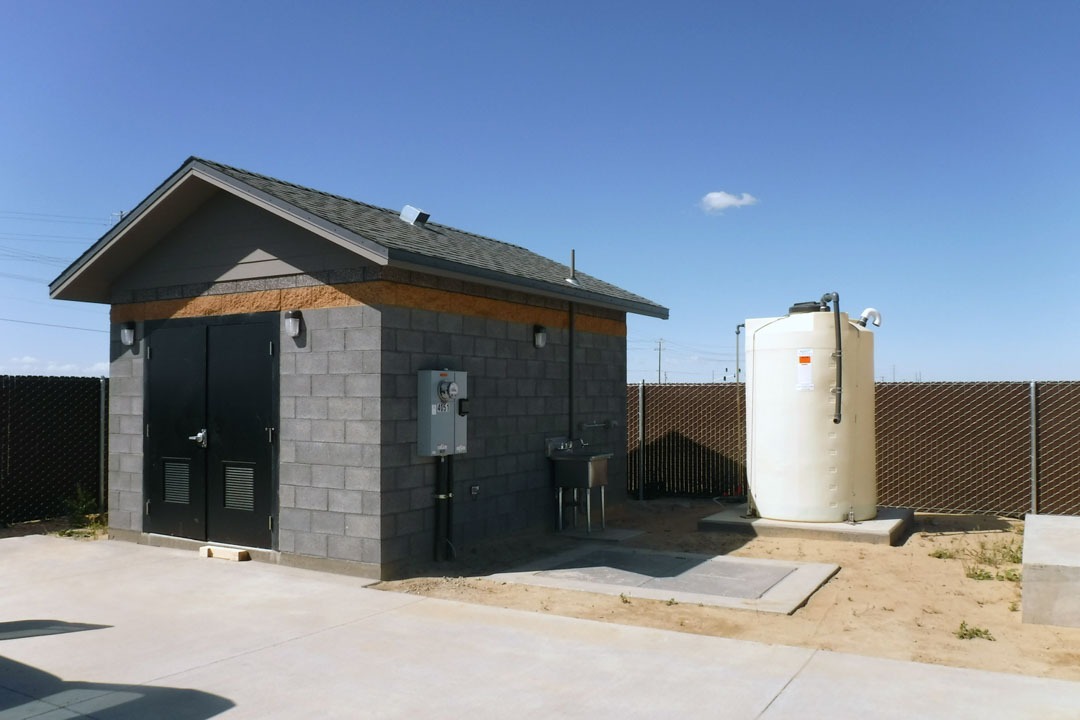
Romtec Utilities supplies lift stations nationwide for a variety of purposes across all water types; these lift stations contribute greatly to the health and wellness of our society as they allow water to be collected and sent off to local treatment facilities. While Romtec Utilities supplies both wastewater and stormwater systems, wastewater lift stations constitute a majority of the systems supplied each year. Wastewater systems handle water laden with wastes from many sources including residential developments, commercial developments, industrial processes, and more. The large volume of waste mixing together creates an incredibly unpleasant odor that can also be quite dangerous under the right conditions, including high temperatures. In areas such as Arizona, where temperatures can stay in the 100-degree level for much of the summer, odor control can be essential for keeping odors at bay and ensuring the areas surrounding lift stations are safe and pleasant to inhabit.
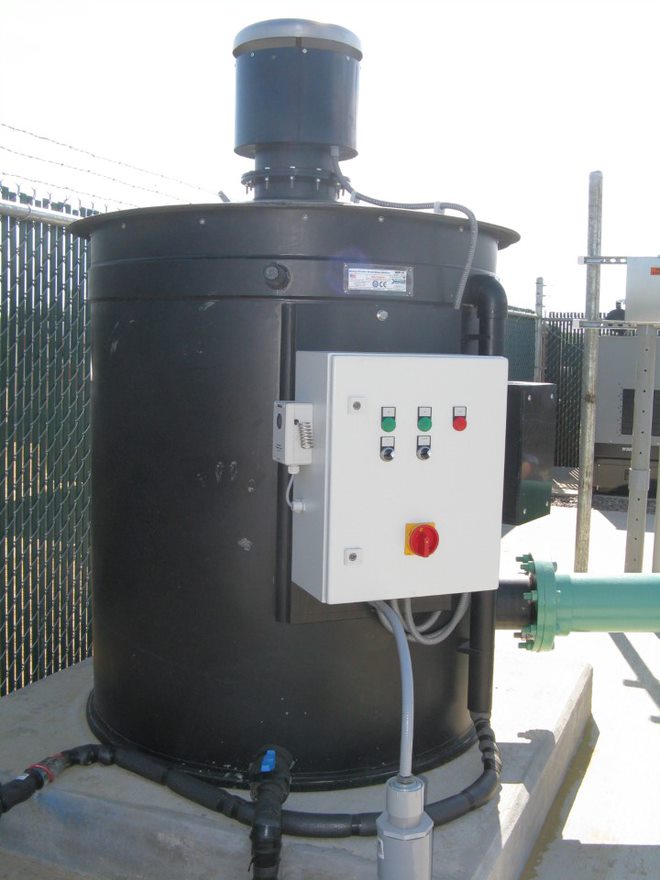
Odors within lift stations are caused by the chemical reactions between compounds in the wastewater and as a byproduct can form Hydrogen Sulfide (H2S): a gas which smells of rotten eggs and can be poisonous when inhaled. Heat speeds up the chemical reactions and processes, making systems in Arizona particularly foul smelling and toxic. In large amounts, H2S can begin to breakdown the materials inside the wet well, including the wet well itself and even metal components with exposed surfaces in the system. In regions that experience sweltering temperatures, an odor control system can greatly affect the operational life of the lift station.
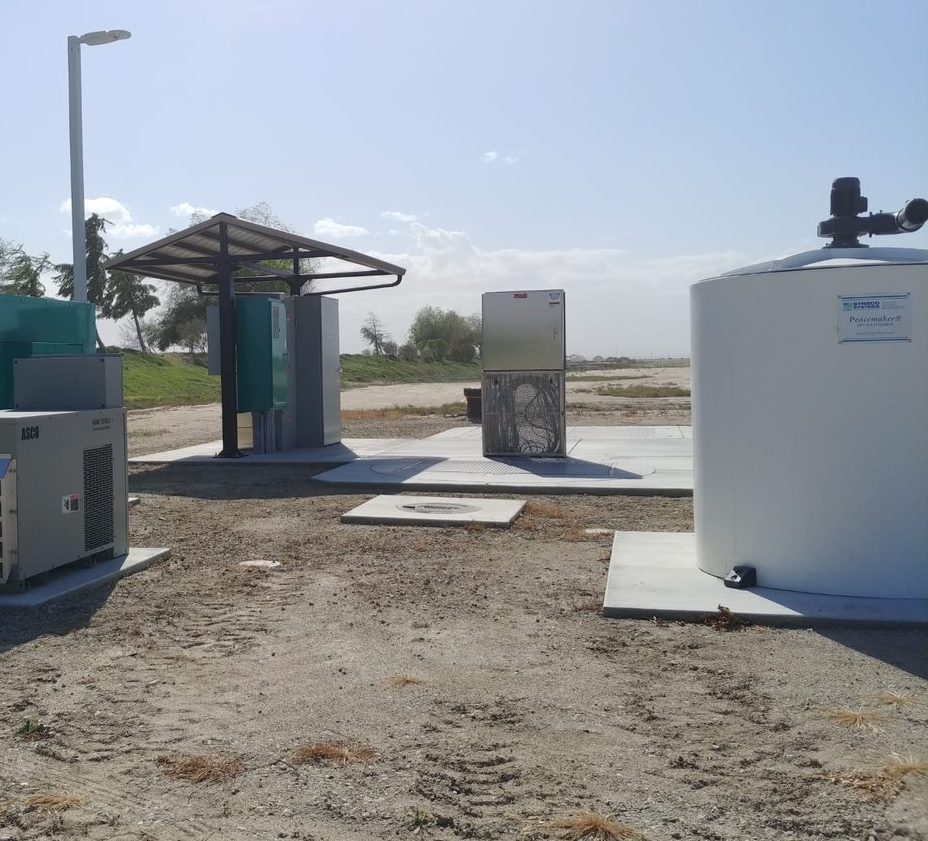
Romtec Utilities offers various different types of odor control to suit our customers’ needs, and can provide not only primary but also secondary odor control systems to control the gasses from the wastewater lift stations. One odor control system that Romtec Utilities offers is referred to as a “Chemical Feed System”, which utilizes a process known as chemical dosing to combat both odors and H2S production by slowing the decay of the wastewater. In the chemical dosing process, Calcium Nitrate or Ferric Chloride is added to the wastewater before, after, or during each pumping cycle of the station. This method of odor control has many benefits; by disrupting the production of Hydrogen Sulfide gas, chemical dosing ensures that fewer caustic gasses are produced, furthering the life of the wastewater lift station and adding protection to prevent the wastewater from going septic between the stations and the treatment facility.
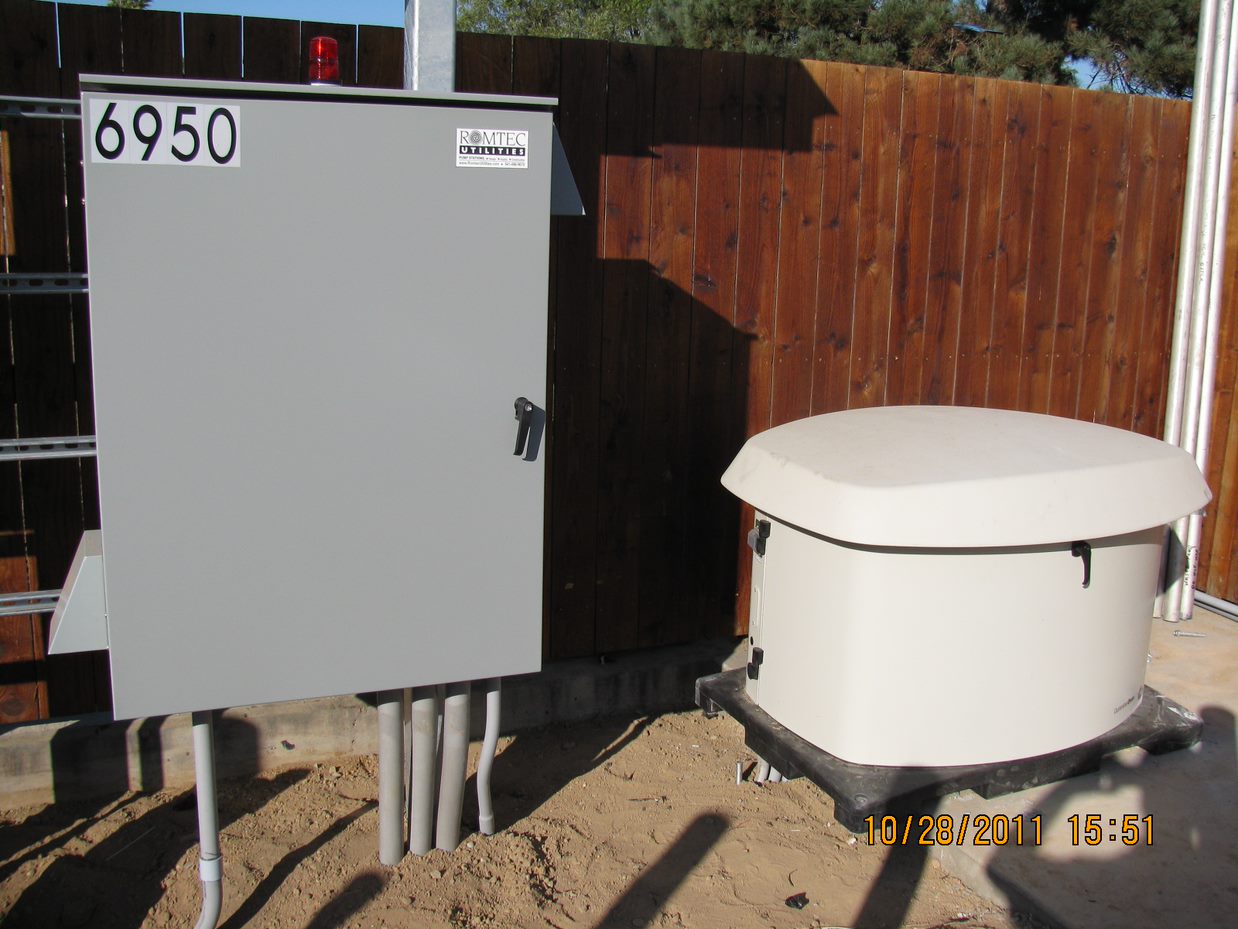
Between the lift stations and treatment facilities, pipes known as force mains carry the wastewater. In addition to higher temperatures, force mains are also susceptible to the effects of slow-moving water, especially if the force mains span a large distance prior to the point of discharge. High temperatures and slow-moving wastewater are a perfect combination for the water to become stagnate and turn septic. By adding a chemical feed system and periodically dosing the water, force mains can be protected from the same corrosion that lift stations experience from high volumes of Hydrogen Sulfide.
The American Southwest can experience blistering temperatures and, as yearly temperatures continue to rise, the systems that are located in this region will experience increasing levels of H2S gas and foul odors. For lift stations in Arizona, Romtec Utilities recommends the use of chemical dosing odor control systems, not only for the life of the system but also for the health and safety of communities living alongside these wastewater stations.

